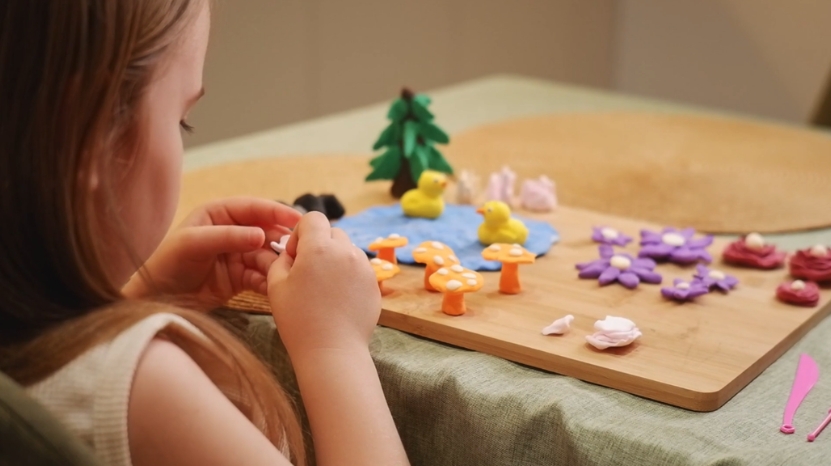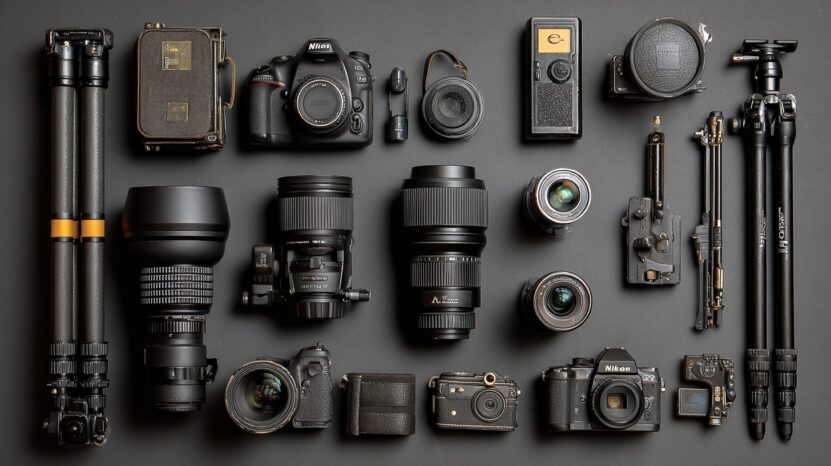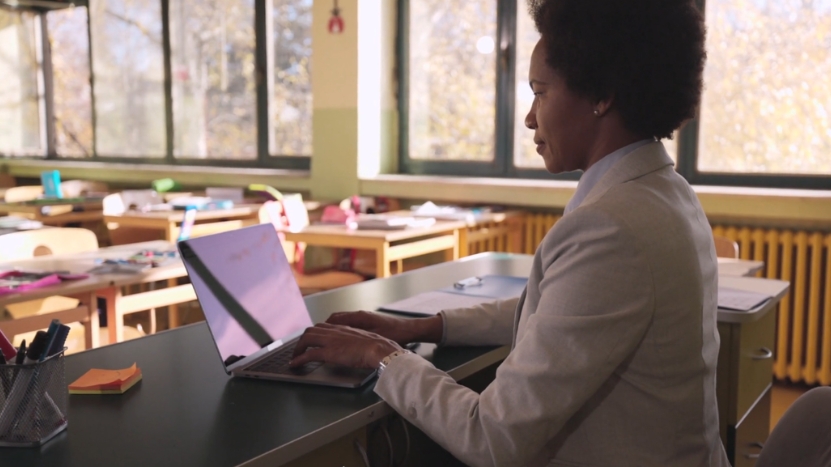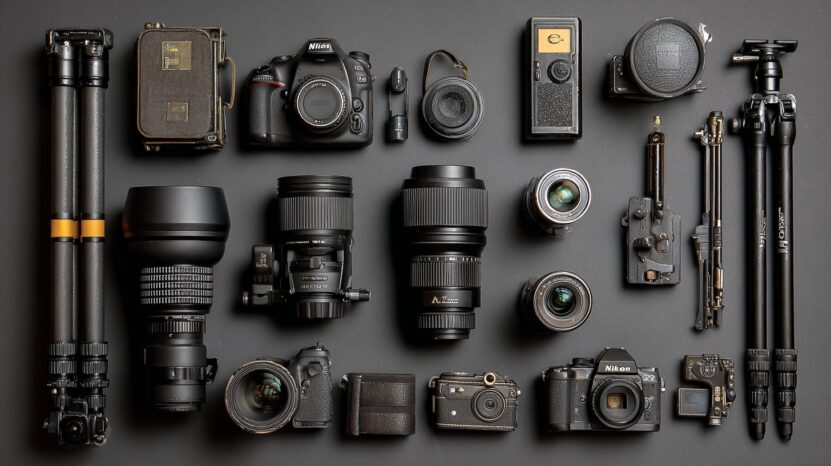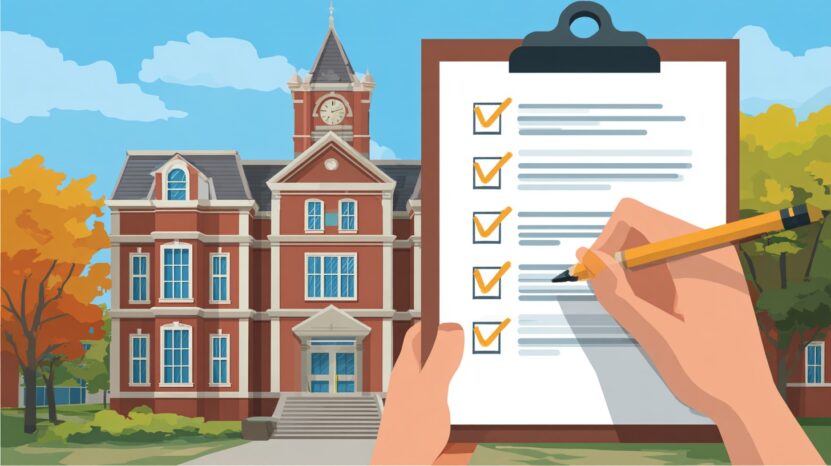
Share Post:
College visits play a crucial role in choosing the right place to spend the next few years.
Walking through a campus provides a real sense of daily life and helps gauge if it’s a comfortable fit. Instead of making a decision based on brochures or websites alone, showing up in person makes the process tangible.
Preparation prevents confusion and stress during a visit. With a clear checklist, comparisons between schools become easier, and confidence in the final choice grows stronger.
Table of Contents
ToggleBefore You Go: Planning Your Visit
Effective planning helps turn a college visit into a clear and focused experience. Without a plan, it’s easy to get overwhelmed and miss key opportunities to gather insights.
Start by reserving spots on guided campus tours and information sessions.
These fill up quickly, especially during peak seasons. Confirm your participation well in advance.
- Admissions officers to clarify the admissions process and ask school-specific questions
- Professors in your intended major to discuss courses, career outcomes, and academic expectations
- Athletic coaches if recruitment or participation in sports is part of your goal
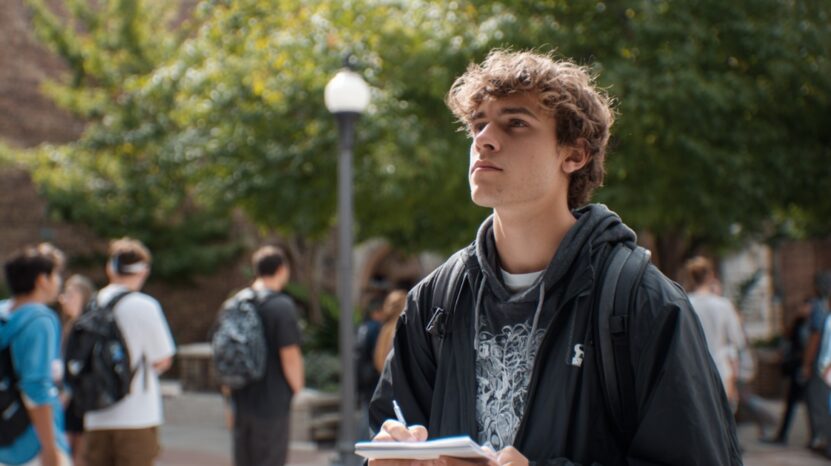
Check the academic calendar to see if sitting in on a class is possible. Email faculty or departmental assistants to ask about available lectures.
Observing real classroom interaction can give an accurate sense of academic expectations and engagement.
- Small notebook for writing down impressions and facts
- Printed list of questions to guide conversations
- Phone or camera for snapping photos of dorms, buildings, and spaces
- Comfortable walking shoes for a full tour
- Copies of any appointment confirmations and the itinerary
Taking notes during the visit ensures that impressions remain clear later, especially when comparing multiple campuses.
Admission & Financial Aid Insights

Gaining clarity on admissions criteria during the visit makes the process less intimidating.
- Minimum GPA requirements
- Expectations for standardized tests like the SAT or ACT
- Important application deadlines and early decision options
Some institutions also use holistic evaluations. Ask how essays, extracurriculars, or interviews factor into decisions.
Visit the financial aid office while on campus. Understanding the financial picture early helps avoid surprises later.
- Scholarships based on merit or need
- Grants, loans, and work-study opportunities
- Which aid packages are renewable each year
- Deadlines for FAFSA or institutional aid forms
Inquire about programs for specific groups of students. Schools may offer additional support for:
- First-generation college students
- Transfer students
- Veterans or non-traditional students
Knowing what’s in place can influence long-term success and peace of mind.
Academics: What to Look For

All schools are not equal in every subject. Ask which programs are nationally or regionally well-regarded. If you’re focused on a particular field, dig into that department’s track record.
Classroom experience matters just as much as rankings.
- Average class sizes for freshmen and upper-level students
- Access to professors outside of lecture hours
- Use of teaching assistants and their role in instruction
Inquire about experiential opportunities. Some schools embed research and internships into standard coursework, while others leave it up to students to pursue.
- How are research positions assigned?
- Do internships count toward credit?
- What percentage of students study abroad?
Support structures can make or break the experience. Ask to see or learn more about:
- Writing centers and tutoring services
- Technology lending programs
- Career services for resume reviews and interview prep
Academic offerings should stretch potential and provide a strong framework for growth.
Campus Life & Culture
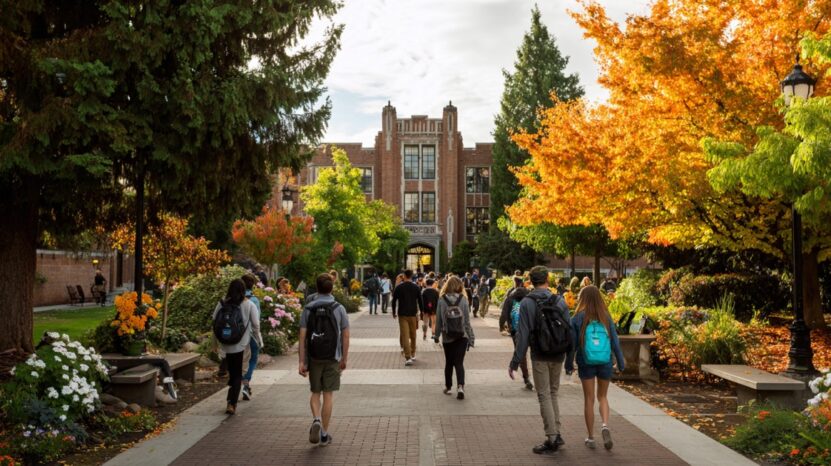
Housing is often one of the first experiences students have, so it should be carefully reviewed.
- Freshman dorm assignments and living conditions
- Roommate pairing processes
- Off-campus housing support and policies
Eat a meal in a dining facility, ideally during a busy lunch or dinner.
While there, take note of:
- Variety and nutritional options
- Food quality and wait times
- Cleanliness and dining hours
Visit common areas that serve as social hubs.
Stop by:
- Student union
- Recreation center or fitness facility
- Club bulletin boards and event posters
Talking with current students adds authentic perspectives.
- Why did you choose this college?
- What frustrates you most?
- How do students usually spend their weekends?
A few genuine conversations can reveal more than any marketing brochure.
Campus Environment & Safety

The environment shapes the experience just as much as academics. Ask yourself how well the location aligns with your lifestyle.
- Size and layout of the campus
- Type of community: urban, suburban, or rural
- Availability of shops, cafes, and public transportation
Safety matters every day. Ask staff or students about:
- Presence of campus police or safety escorts
- Blue-light emergency systems and response time
- Incidents and how the school responded
Observe the physical condition of:
- Classrooms, science labs, and lecture halls
- Dorm buildings and common areas
- Libraries and computer labs
Firsthand observation reveals what brochures can’t. Every detail helps shape a full picture of what day-to-day life might be like.
The Bottom Line
College selection should feel personal. Forget rankings and reputation for a moment and focus on alignment with goals, personality, and learning preferences.
Gut instincts often reveal more than statistics. If a place feels right, it probably is.
Related Posts:
- How To Ask for a Letter of Recommendation (Examples & Tips)
- What Does 'Level of Education' Mean? An In-Depth Look
- How to Look up Old School Teachers - Track Down Your…
- College or No College? Pros and Cons of Higher Education
- Top 10 Study Tips for College Students - Stay…
- 62 Best Gifts for the Soon-to-be College Student in 2025


